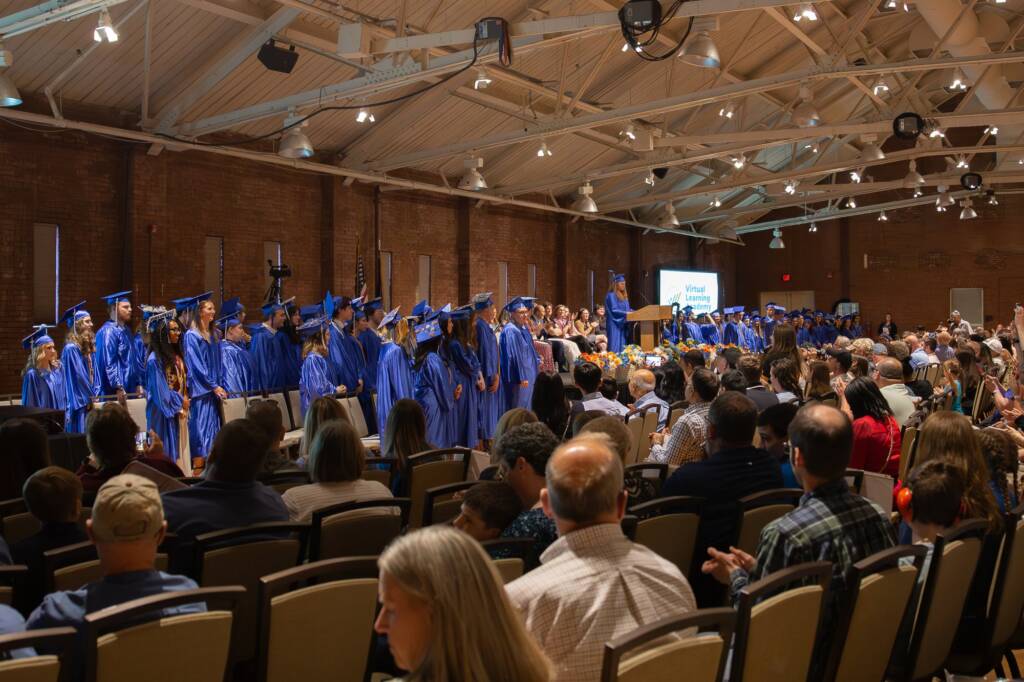Learning isn’t “one size fits all.” The rate and efficiency at which a student grasps a subject is dependent on a variety of factors-many of which a student can’t control. As education evolves, new techniques and methods are created to improve learning experiences and better prepare students for the future. Student-centered learning is the latest teaching model that has been welcomed by classrooms across the country.
This innovative technique gives students the opportunity to customize their learning in a setting that engages their interests, talents, and passions. The results are more focused on students with high mastery levels in the subject matter they are studying.
So what is student-centered learning all about? Here’s a crash course to bring you up to speed:
What is Student-Centered Learning?
At its core, student-centered learning is about finding ways of teaching that truly engages a student in education. For instance, instead of expecting a student to sit in a classroom and absorb everything a teacher is saying and then prove this knowledge on a standardized test, a student-centered approach would involve them in the planning, implementation, and assessment surrounding the given subject. This means the student can learn the material through coursework, projects, or experience. Whatever way the student learns best is how they will be expected to master the materials.
When a student is involved in the structuring of their education, learning is personalized in a way that addresses their distinct needs, interests, and aspirations. The following are a few common examples of student-centered learning in a brick and mortar and virtual school setting:
Brick and Mortar Schools
A student-centered learning approach in a traditional environment (i.e. classrooms) involves a variety of strategies that encourage dialogue amongst students. Examples include:
– Desk arrangements in circles or small groups
– Assignments that allow students to choose their own reading materials
– Group projects/presentations
Virtual Schools
Student-centered learning may seem like a stretch for an online school, but the opportunities for engagement beyond the Internet are actually endless. Examples include:
– Internships/experience with field professionals
– Projects that allow students to find solutions to real-world problems
– Volunteering outside of the classroom for community nonprofits
The 3 Tenets of Student-Centered Learning
The Nellie Mae Education Foundation identifies the main tenets of student-centered learning as being drawn from the
“mind/brain sciences, learning theory, and research on youth development that are essential to students’ full engagement in achieving deeper learning outcomes.”
The following principles are the foundation of student-centered learning and help educational environments focus more on student success.
Customized Learning Plans
- Students have a voice and a choice in their education by way of a learning plan that is personalized to their interests.
Competency-Based Learning
- The rate at which a student learns is not a factor of success. Success is achieved whenever the student has mastered a subject.
The World is the Classroom
- Flexible learning encourages students to seek real-world experiences, like internships and jobs, that will better prepare them for the future.
Together, the principles mentioned above help shape a strong student-centered learning strategy that is sure to engage any student.
State-of-the-Art Student-Centered Learning
The Virtual Learning Academy Charter School, more widely known as VLACS, uses a student-centered learning model that provides an opportunity to customize learning experiences in a way that best meets students’ needs, in a setting that engages their interests, talents, and passions. Attend an open house to learn more about whether VLACS’ student-centered learning approach is right for you or your child.



